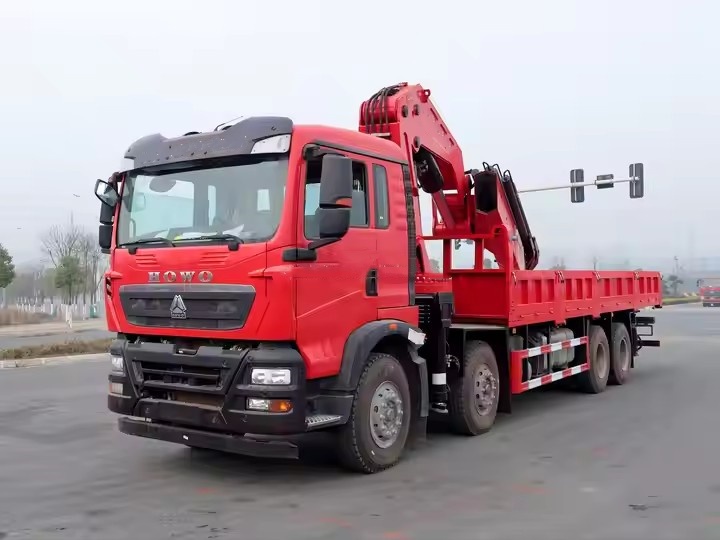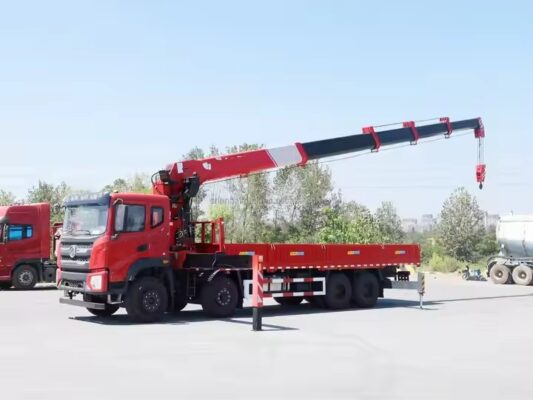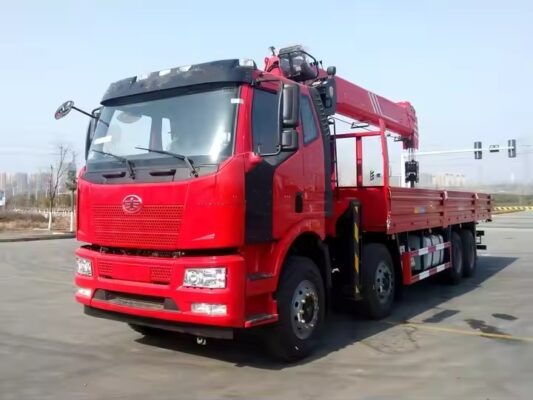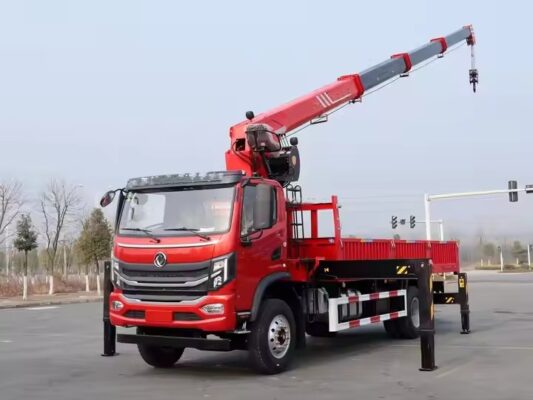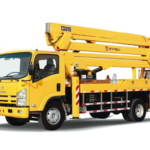1. Classification by Length
Ball mills can be classified based on the ratio of their length to diameter. This classification affects their grinding efficiency, usage, and application in various industries.
(1) Short Ball Mill
あ ball mill is considered short if its length-to-diameter ratio is less than 2. It is commonly referred to simply as a ball mill. These short ball mills typically consist of a single grinding chamber and are primarily used for coarse grinding or primary milling. In industrial applications, two or three short ball mills can be used in series to achieve the desired grinding fineness.
(2) Medium-Length Ball Mill
If the length-to-diameter ratio is around 3, it is classified as a medium-length ball mill. These mills provide an optimal balance between grinding efficiency and space requirements, making them suitable for many standard grinding applications.
(3) Long Ball Mill
When the length-to-diameter ratio exceeds 4, the mill is classified as a long ball mill or a tube mill. These mills usually have multiple compartments (ranging from 2 に 4) inside, allowing for staged grinding with different-sized media. They are widely used in cement manufacturing plants for fine grinding applications.
2. Classification by Grinding Media Shape
The type of grinding media inside the mill significantly affects its grinding efficiency, power consumption, and final product characteristics.
(1) Ball Mill
In a ball mill, the primary grinding media are steel balls or steel segments. This type of mill is the most widely used in various industries due to its versatility and efficiency.
(2) Rod Mill
Rod mills use steel rods with a diameter ranging from 50 mm to 100 mm as the grinding media. The length-to-diameter ratio of a rod mill typically falls between 1.5 そして 2. The long, slender grinding elements provide a more uniform grinding action, making rod mills ideal for coarse grinding applications.
(3) Rod-Ball Mill
This mill is designed with multiple compartments, usually 2 に 4, where the first compartment contains steel rods as the grinding medium, while the subsequent compartments use steel balls or segments. The recommended length-to-diameter ratio for this type of mill is around 5, with the rod compartment length set to approximately 1.2 に 1.5 times the effective mill diameter. The rods should be about 100 mm shorter than the rod compartment to ensure parallel arrangement and prevent rod entanglement.
(4) Pebble Mill
Instead of steel media, pebble mills use natural materials such as pebbles, flint, or ceramic balls as grinding media. The inner lining of the mill is usually made of granite or ceramic to prevent contamination. These mills are particularly useful for applications requiring minimal iron contamination, such as white or colored cement and ceramic production.
3. Classification by Discharge Method
Ball mills are also categorized based on how the ground material is discharged from the mill.
(1) End Discharge Ball Mill
In this design, material is fed into one end of the mill and discharged from the other, したがって名前は “end discharge” or “tail discharge” ball mill.
(2) Center Discharge Ball Mill
Here, the material enters from both ends of the mill and exits through a central discharge port located in the mill body. This design is equivalent to two ball mills operating in parallel, making the equipment more compact and reducing process complexity.
(3) Tail Discharge Ball Mill
Tail discharge mills can be further classified based on their discharge mechanisms:
- Grate Discharge: Uses a perforated plate to control the exit of materials.
- Overflow Discharge: Allows materials to overflow naturally once they reach a certain height.
- Peripheral Discharge: Discharges material from the periphery of the mill.
- Airflow Discharge: Uses forced airflow to transport material out of the mill.
4. Classification by Drive Mechanism
The drive system of a ball mill determines how it operates and influences its maintenance and efficiency.
(1) Central Drive Ball Mill
In this design, the motor drives the mill through a reducer connected directly to the hollow shaft at the discharge end. The reducer’s output shaft is aligned with the mill’s central axis, ensuring a smooth and efficient transmission of power.
(2) Edge Drive Ball Mill
For an edge drive mill, the motor is connected to a reducer, which then drives a large gear mounted on the mill shell at the discharge end. This type of drive system is more common in large industrial applications due to its structural simplicity and cost-effectiveness.
5. Other Classification Criteria
Ball mills can also be classified based on their operational method, which affects their efficiency and application scope.
(1) Dry Ball Mill
A dry ball mill operates without adding water to the grinding process. It is mainly used for materials that require a dry grinding process, such as cement, clinker, and some chemicals.
(2) Wet Ball Mill
A wet ball mill involves adding water or another liquid to facilitate the grinding process. This method is preferred when the material being processed is sensitive to dust or requires a finer final product.
(3) Batch Ball Mill
A batch ball mill operates by loading a fixed amount of material, grinding it for a set period, and then emptying the entire batch before reloading. This method provides high control over product quality but is less efficient than continuous operation.
(4) Continuous Ball Mill
Unlike batch ball mills, continuous mills operate without stopping. Material is continuously fed in at one end while the ground material exits from the other. Continuous mills offer higher productivity, lower energy consumption per unit of product, and reduced labor costs. しかし, they require higher initial investment and more complex maintenance compared to batch mills. Nowadays, batch mills are rarely used, primarily serving as laboratory mills for experimental purposes.
結論
Ball mills come in various forms, each designed for specific industrial applications and operational needs. Whether classified by length, grinding media, discharge method, drive system, or operational mode, each type has unique advantages that make it suitable for different scenarios. Understanding these classifications helps in selecting the appropriate ball mill for a given industrial process, ensuring efficiency, cost-effectiveness, and optimal grinding performance.

